It takes a village to launch a summer design sprint!
We’re thrilled to be recognized as part of Lenovo’s #ThinkRevolution campaign, an amazing collection of social impact organizations. Lenovo donated a raft of superfast computers for the summer design team, including Thinkpad P40 and P50 laptops for sketching and CAD on the go, and two screaming fast Thinkstation P910 PCs that whip through even the most complex renderings. Check out the DtM page on ThinkRevolutions for updates on our programs and the DtM-Lenovo collaboration.
The Autodesk Foundation has a mandate to invest in people and organizations that use design for impact. They have supported DtM’s work with funding, software licenses and training since 2014. This summer, the Autodesk Foundation supported DtM in recruiting a design team from the Autodesk Student Expert Network, an international program for university students in architecture, design and engineering.
Over the last ten years, DtM has recruited over 1,200 students and professional volunteers through university courses and pro bono employer programs. This summer’s student expert team is our first experiment with an internal design sprint and it’s something we probably wouldn’t have tried without the Autodesk Foundation’s encouragement. It’s turned out to be an amazing idea! Where design teams recruited through university courses have access to invaluable resources and mentorship, an internal design team has the ability to dive deep into user research and hard questions about product positioning. This summer’s program has already been a huge success and a model for future time-bound volunteer design sprints.
Thanks to Autodesk, this summer we also have the opportunity to augment DtM’s rapid prototyping studio with the space-age fabrication resources at the Autodesk BUILD Space, which just opened in Boston’s Marine Industrial Park. Residency in the BUILD Space means DtM now inhabits a group of workbenches in the second-floor collaborative workspace, and we have access to the extraordinary fabrication machines throughout the facility. These include a five-axis CNC mill the size of a garage and a waterjet cutter with a bed the size of a basketball court’s freethrow lane (but a kerf of just four thousandths of an inch). The BUILD Space even has a vacuum former that they claim (but we’re sure they’re joking) that they ordered just for us.
One of the biggest challenges in prototype development is what we call the “nuisance distance.” It can take several iterations of a physical prototype before the best ideas emerge. If each iteration involves expensive and time-consuming negotiations with a contractor, there’s a strong temptation to self-edit and call the current design “good enough.” Products that are capable of threading the needle in developing countries between the demands of user needs, context and resource limitations requires excellence, and unfortunately “good enough” usually isn’t. The BUILD Space resources will allow us to quickly and efficiently test loads of ideas.





